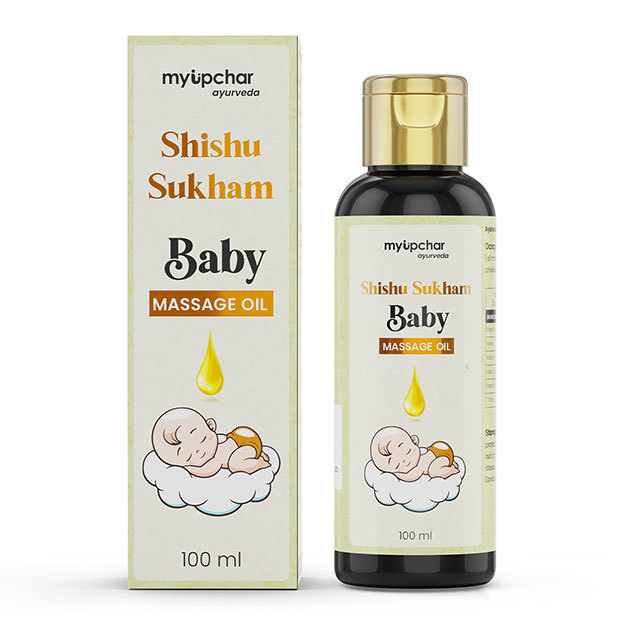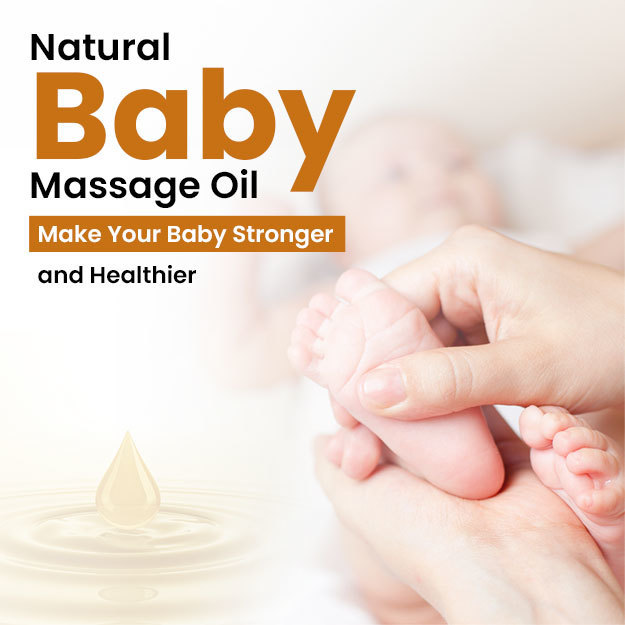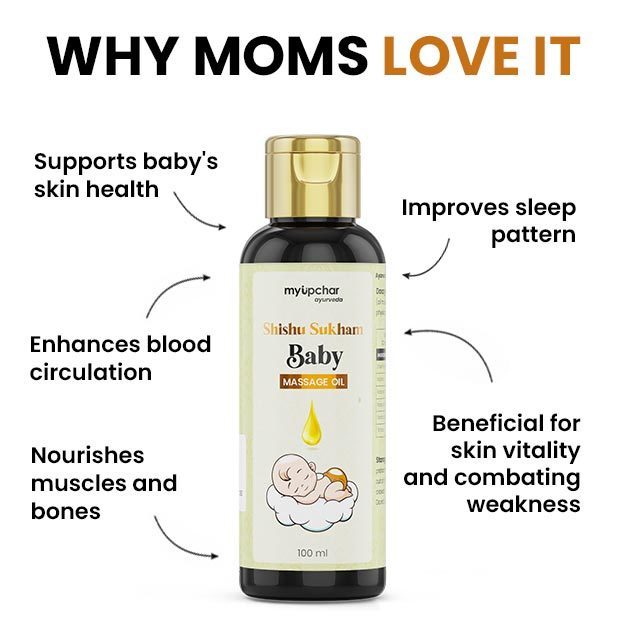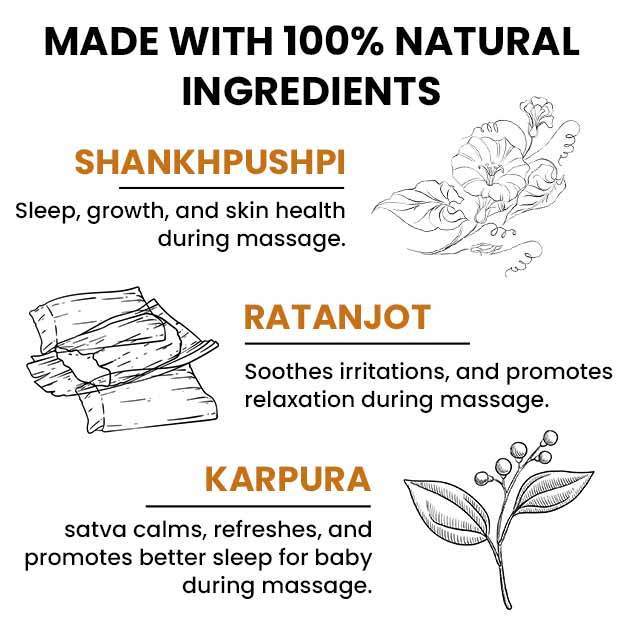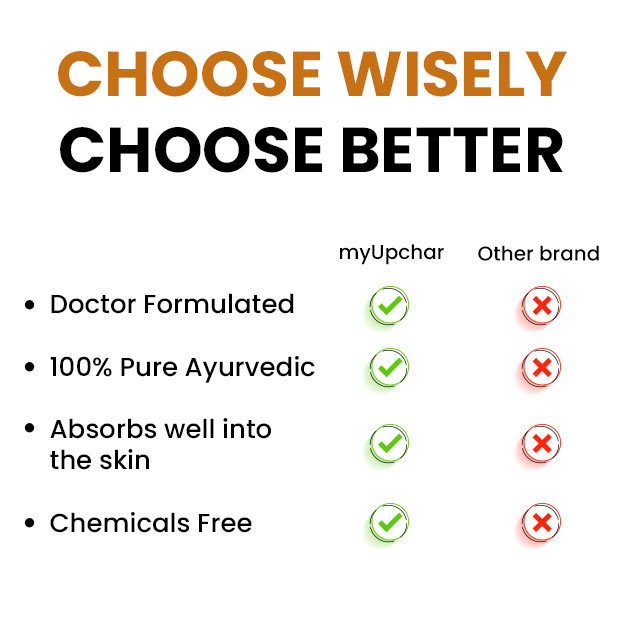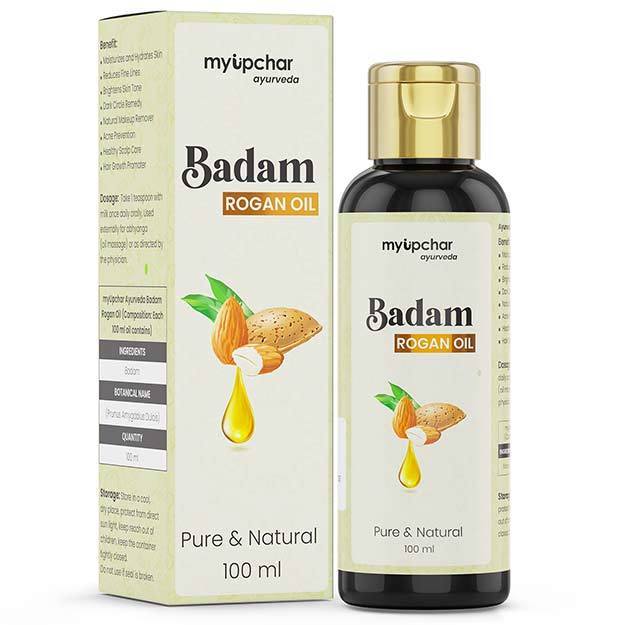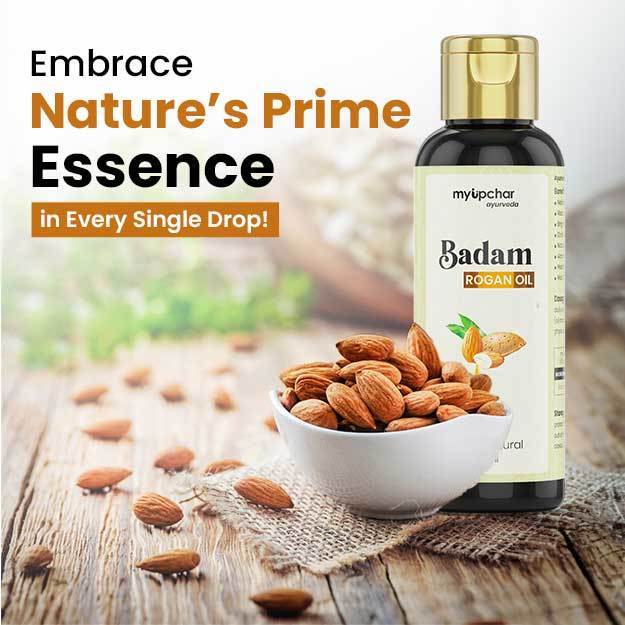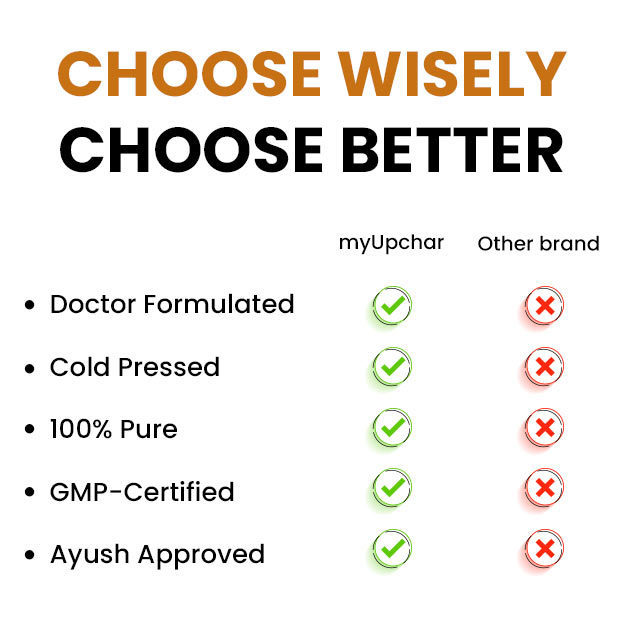When your newborn baby came into your arms and you saw him for the first time, he had a lot of hair on his head. Seeing this, your happiness knew no bounds. But within a few months, most of the hair on the baby's head fell out and only a few strands remained. Now you are worried about what happened to the baby's hair? You must have seen and heard about all these problems like hair fall and baldness in adults, your own hair may also be falling a lot, but can newborn babies also have the problem of hair fall and baldness?
According to the American Academy of Pediatrics (AAP), most babies lose some or all of their hair in the first few months after birth, and this is very normal. In the first trimester of pregnancy i.e. between 1 to 3 months, hair starts growing on the head of the fetus inside the womb. While some babies are born bald, some babies have a lot of hair on their heads at the time of birth, but gradually these hairs start falling and before the baby's permanent hair grows, the baby's hair grows in the womb. Falling of hair on the head is considered very normal.
(Read more: Diabetes in children)
Even in the head and scalp of healthy children, bald patches are often seen in different parts of the head, especially on the back and sides of the head. The reason for this is that babies lie on their back most of the time, so the back part of their head always keeps rubbing with the pillow or something. In such a situation, as the baby learns to sit, his hair will start growing and growing normally again. This process of hair fall is called alopecia and in many babies, there can be many reasons due to which their hair starts falling, from hormones to the sleeping position of the child. However, the good thing is that there is usually no disease or medical problem behind hair fall in a newborn baby. Although the speed of hair growth is different in all babies, by the time they are 11 to 12 months old, most babies have a full head of hair. So, what are the reasons for hair falling on the head of a newborn baby, by what symptoms can you know that the baby's hair is falling and is there any need for any treatment for it? You can find the answers to all these questions in this article.
(Read more: Hair fall reasons)
- Symptoms Of Hair Fall In Newborn Baby
- Reasons For Hair Fall In Newborn Baby
- Treatment Of Hair Fall In Newborn Baby
- Tips To Take Care Of Baby's Hair
- Summary
Symptoms Of Hair Fall In Newborn Baby
According to experts at Oregon Health and Science University, most of the hair falls in a newborn baby between birth and 6 months and by the time the baby is around 3 months, most of the hair falls. Talking about the symptoms of alopecia or baby hair fall, the main symptom is disappearance of hair from the head or appearance of baldness. Apart from this, do not ignore these signs in your baby:
- If after caressing the baby's head you get baby's hair in your hand
- Hair visible in the bathtub or towel after shampooing your baby's hair
- Visible hair where the baby rests his head in the baby's crib or stroller
- Apart from the scalp, these symptoms of hair fall can also be seen on eyebrows, eyelashes or any other part of the body.
(Read more: Allergies in children)
However, in some babies, along with the fall of fetal hair, regrowth of permanent hair is also happening simultaneously, hence many times parents are unable to even notice the difference that their baby's hair is falling. At the same time, in other babies, their womb hair starts falling so rapidly that the baby's head becomes completely bald. Although both these incidents are completely normal.
(Read more: How to prevent hair fall)
Reasons For Hair Fall In Newborn Baby
Many times, due to hair falling in the scalp of a newborn baby, bald patches or baldness start appearing in some parts of the head. Some children are bald from birth or they have hair on their head at the time of birth but within a few months of birth, all their hair falls out and they become bald.
Unusual Causes Of Hair Fall
Ringworm
Ringworm is not always caused by any insect or insect, but sometimes it is also caused by many types of fungus. Due to this fungus, not only hair falls but also redness, rashes and crusting on the scalp. According to doctors at Children's National Center in Washington DC, America, although ringworm does not usually infect children under 2 years of age, it is highly contagious. In such a situation, if any other member of the house has a ringworm, then it can also happen to children due to shared hat, comb or hairbrush.
Friction Or Rubbing
Experts recommend that the baby should always be put to sleep on its back to prevent incidents like Sudden Newborn Death Syndrome (SIDs). Because of this, when the baby lies on his back on a hard surface like a mattress or anything else in his crib, stroller or pram, the scalp at the back of the head rubs against these hard surfaces. Due to this also, the baby's hair starts falling and this process is called friction alopecia. This process of hair thinning and falling usually stops on its own by the time the baby is 7 months old.
(Read more: Cradle Cap - Childhood Skin Problems)
Cradle Crape
Often you will notice that scales form on the head of a newborn baby or sometimes oily patches appear which look like very hard dandruff. If doctors are to be believed, they too do not have any information about the clear reason behind the formation of crust on the head of the newborn. But such apprehensions are being expressed that due to hormonal changes in the baby's body or due to yeast, there is excessive production of oil in the scalp due to which this crust gets accumulated.
(Read more: Tips for Preventing Constipation in Children)
Actually, this scab that forms on the head does not cause any kind of itching or is not contagious and due to this, the child's hair also does not fall. But often while removing this stubborn scab from the head, you knowingly or unknowingly also remove the hair fiber from the baby's head. Scabs on the baby's head are a very normal thing and it does not cause any harm to the baby and this problem gets cured on its own in a few weeks or months.
Alopecia Areata
This is a condition related to skin disease in which bald spots start appearing on the head. Actually, it is not an infectious or fatal disease. But alopecia areata occurs due to some kind of malfunction in the immune system in which healthy hair cells are attacked and hair cells get damaged. According to a research conducted in 2002, although alopecia areata is rarely seen in infants below 6 months of age, many such cases have come to light.
(Read more: Lead poisoning in children)
Treatment Of Hair Fall In Newborn Baby
There is no need to get worried and pull out your hair after seeing your baby's hair falling. According to experts, it is very normal for a baby's hair to fall in the first few months after birth and there is no need for any treatment for it. Usually, at the age of 6 to 12 months, the baby's lost hair starts growing back on its own. There is nothing special you can do from your side to make your baby's hair grow faster. However, if you feel that your baby's hair is falling due to some disease or medical problem like ringworm or alopecia areata, then you should contact a doctor. During this time, the doctor will be able to suggest any treatment to stop hair fall only after examining the child and diagnosing the hair on the head. If the bald patches on your child's head are growing excessively or are in severe condition, the doctor may prescribe corticosteroid cream or other treatment for a few weeks.
The only thing you can do to prevent your baby's hair from falling is that whenever possible, when the baby is awake, place him on his stomach instead of his back. By doing this there will be less friction in the head and less hair fall. But as far as putting the baby to sleep is concerned, till the baby turns 1 year old, always put him to sleep on his back, never on his stomach, otherwise there is a risk of sudden infant death syndrome (SIDs).
(Read more: Home remedies for cough in babies)
Tips To Take Care Of Baby's Hair
Whether there is less or more hair on your baby's head, follow these important tips to take care of the hair:
- To wash a baby's hair and scalp, use only gentle shampoos specially designed for newborns and small children. These baby shampoos cause less harm to the newborn scalp.
- According to the American Academy of Pediatrics (AAP), do not shampoo your baby's head more than twice a week. There is a risk of dryness in the baby's scalp if shampooed more often than this.
- Do not scrub the baby's head. Apply shampoo on a wet cloth and gently massage the baby's head with it.
- When combing your baby's head, make sure to use a soft-bristle comb or brush.
- Do not tie the baby's hair by pulling it, and also do not tie too tight ponytail or pigtail in the baby's hair as this also leads to hair fall.
- If you see a crust on the baby's head, try to remove it lovingly with light hands, do not remove it forcibly.
(Read more: Influenza in Children)
Summary
Newborn hair loss is a normal phenomenon that occurs in the weeks or months after birth. This temporary condition usually occurs as a result of hormonal changes in the baby's body after birth. During pregnancy, increased levels of hormones like estrogen can prolong hair growth, resulting in thicker and fuller baby hair. However, after birth, the levels of these hormones decrease, causing hair growth to slow down and hair to fall out. Hair loss is temporary, and new hair usually grows back within a few months. Parents can help manage hair loss by gently washing the baby's head with a mild baby shampoo or massaging it. Talk to your pediatrician for other problems.
Doctors for Understanding Newborn Baby Hair Fall: What Parents Need to Know

Dr. Anil Pathak
Pediatrics
42 Years of Experience
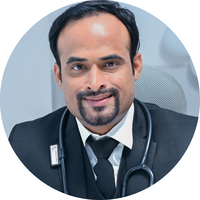
Dr. Pritesh Mogal
Pediatrics
8 Years of Experience
Dr Shivraj Singh
Pediatrics
13 Years of Experience





